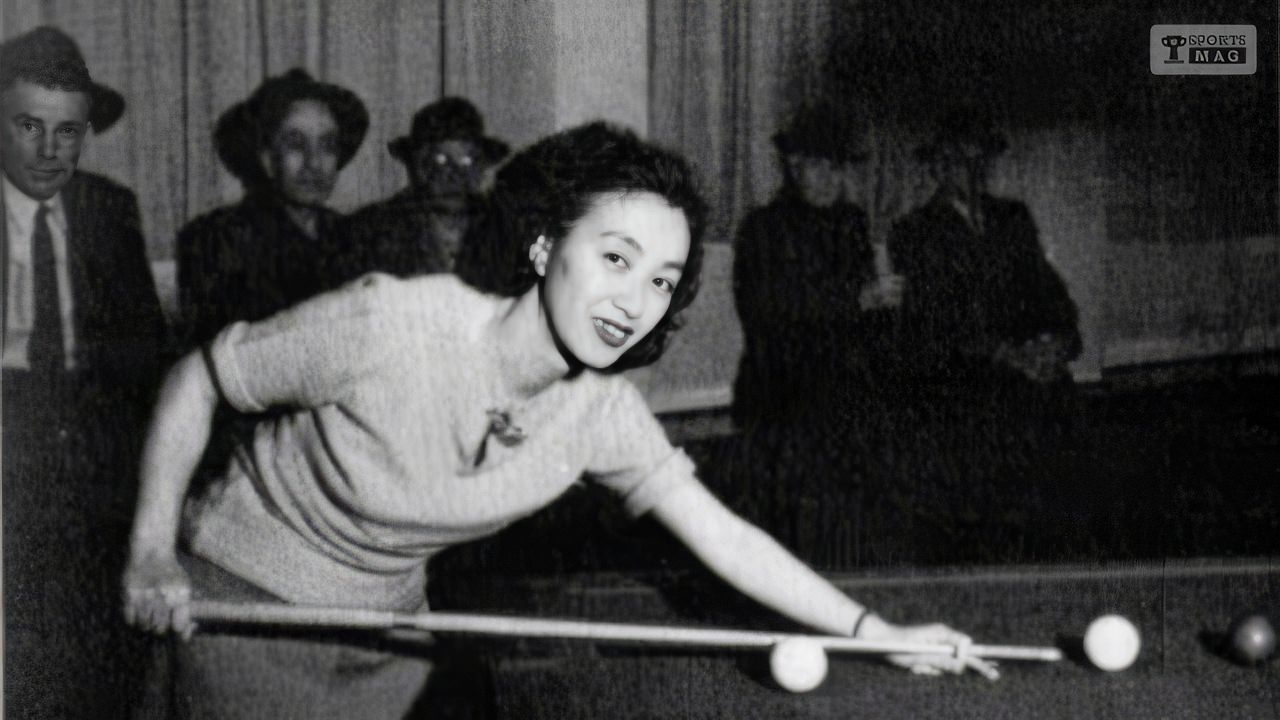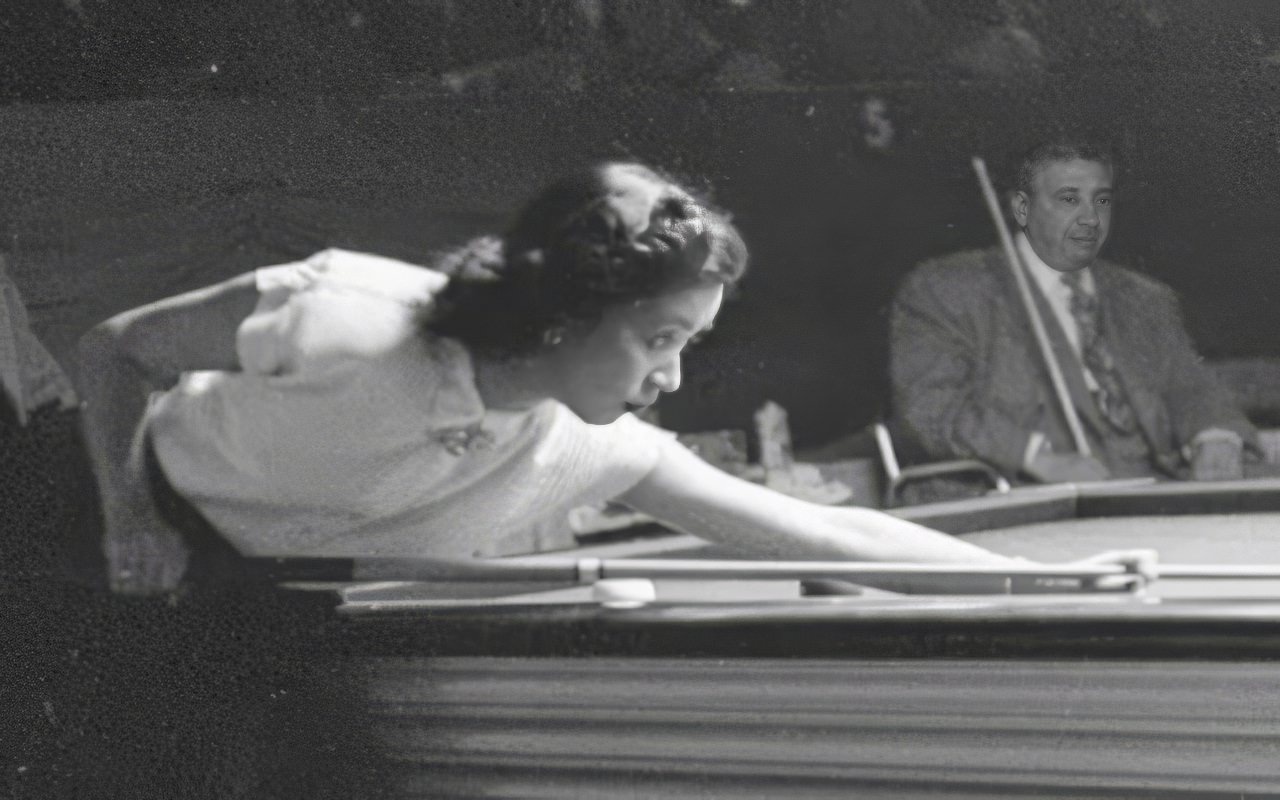Born into a Tokyo family on March 7, 1913, Masako Katsura’s early life took a tragic turn with the loss of her parents in 1925. At just 12 years old, she moved in with her older sister and her husband, owners of a modest billiard room. During a time when billiards in Japan was a male-dominated sport, Katsura’s fascination with the game began to shine through. She eagerly assisted in the billiard room, retrieving balls, setting them up for play, and polishing cues, laying the groundwork for a groundbreaking career that was yet to unfold.

Masako didn’t just stop at assisting; her curiosity and passion for billiards grew as she observed and learned from the players around her. Recognizing her interest, her sister gifted her a small play table, which became Katsura’s training ground. By the age of 15, her skills had sharpened enough to compete and win a championship among her peers, marking the beginning of her journey in professional billiards.


In 1937, her path crossed with Kinri Matsuyama, a world-renowned billiards champion who became her mentor. Matsuyama was astounded by Katsura’s natural gift for the game, recognizing her as a prodigy in a field where women were rare. Under his guidance, Katsura’s skills flourished, propelling her into the international spotlight and setting the stage for her to become a national heroine.


Masako Katsura’s journey in billiards took a significant turn as she began to compete on an international level. Her exceptional talent and precision on the billiards table captivated audiences worldwide, earning her the moniker “The First Lady of Billiards.” Katsura broke through cultural and gender barriers, showcasing her mastery of the game in competitions that had previously been exclusive to men. Her journey from a young girl fascinated by billiards in her brother-in-law’s billiard room to a world-renowned player exemplifies her unmatched perseverance.

She revolutionized women’s participation in billiards through her technical prowess and strategic gameplay. Katsura mastered the art of “three-cushion billiards,” a game requiring a high degree of skill, strategic foresight, and precision. Her technique was flawless, and her ability to calculate angles and execute shots with the right amount of force and spin set her apart from her contemporaries.

She practiced tirelessly, often for hours on end, perfecting her shots and strategies. Her dedication to the game was evident in every match she played, inspiring those around her and paving the way for future generations of women in billiards.

The athlete died in 1995, but her memory is still alive today. In Japan, billiard schools have been opened, which have long accepted not only boys, but also girls, which was impossible 50 years ago.


